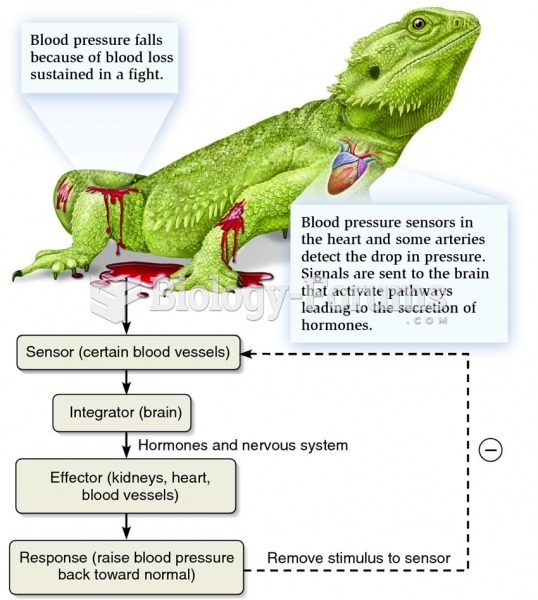Answer to Question 1
ANS: 3
Individual experience influences what we come to value. The client who experienced a gunshot during a robbery of his business may value gun control and verbalize a desire to have his attacker prosecuted for the violent crime. The client who has picketed for gun control and who was gun-shot is unlikely to value firearms in our society. The individual who has actively picketed for gun control is unlikely to desire the use of guns. The individual would be more likely to believe that if there were gun control, there would be no need for guns. The individual who has actively pick-eted for gun control is unlikely to desire the use of guns. The individual would be more likely to believe that if there were gun control, there would be no need for guns.
Answer to Question 2
ANS: 2
Values clarification can help clients gain an awareness of personal priorities, identify ambiguities in values, and resolve major conflicts between values and behavior. Values clarification for nurses can help nurses strengthen their ability to advocate for a client because nurses are better able to identify personal values and accurately identify the values of the client. Values clarification is not necessarily beneficial for the client when the client and nurse have different beliefs. Values clari-fication for the client will not necessarily help the nurse who is unsure of the client's values. Val-ues clarification interventions for the client will help the client, not the nurse, gain awareness. The values that an individual holds reflect cultural and social influences, relationships, and personal needs. Values vary among people and develop and change over time. Therefore it may be inap-propriate to state a client has rejected normal values when value systems vary among people. What is considered normal to one person may not be to another.






